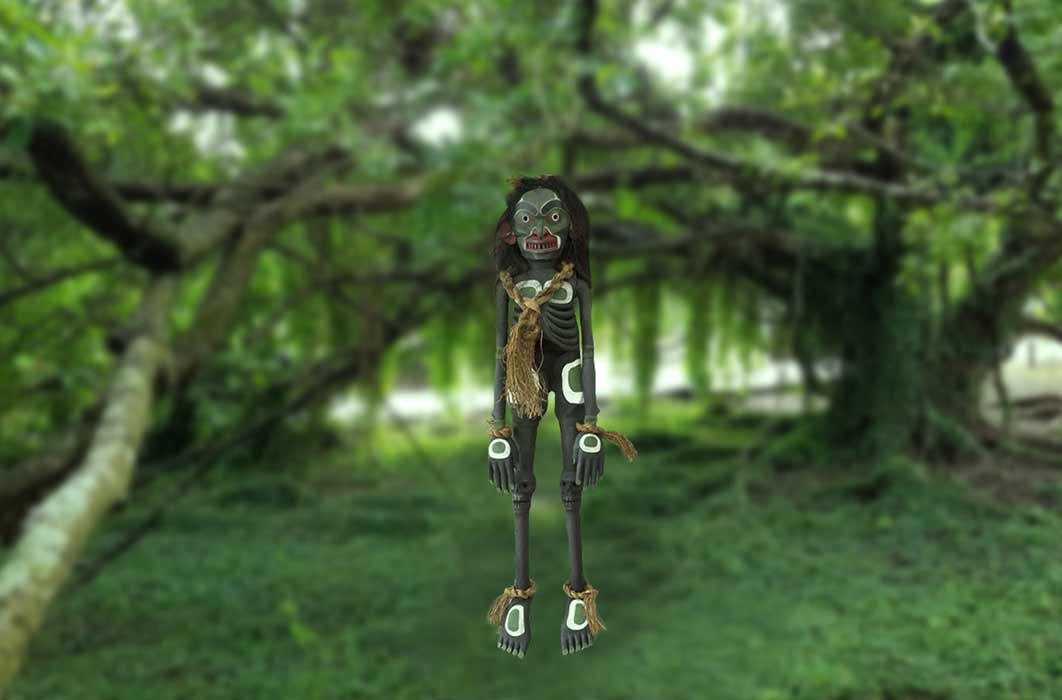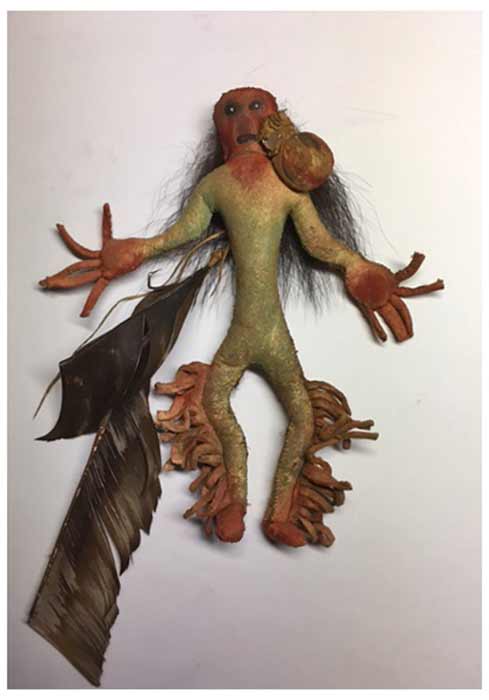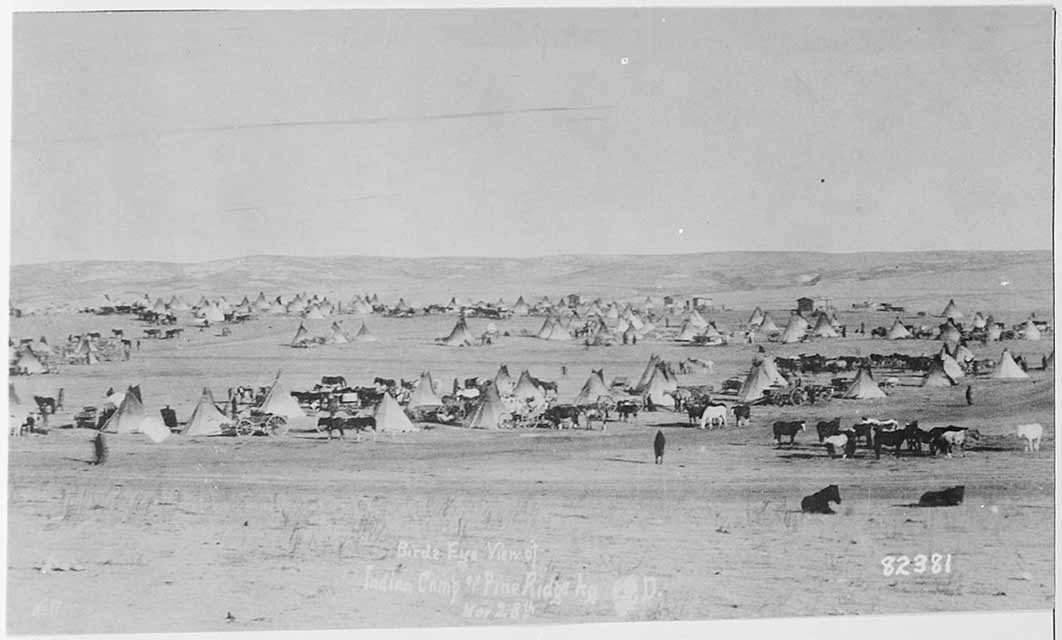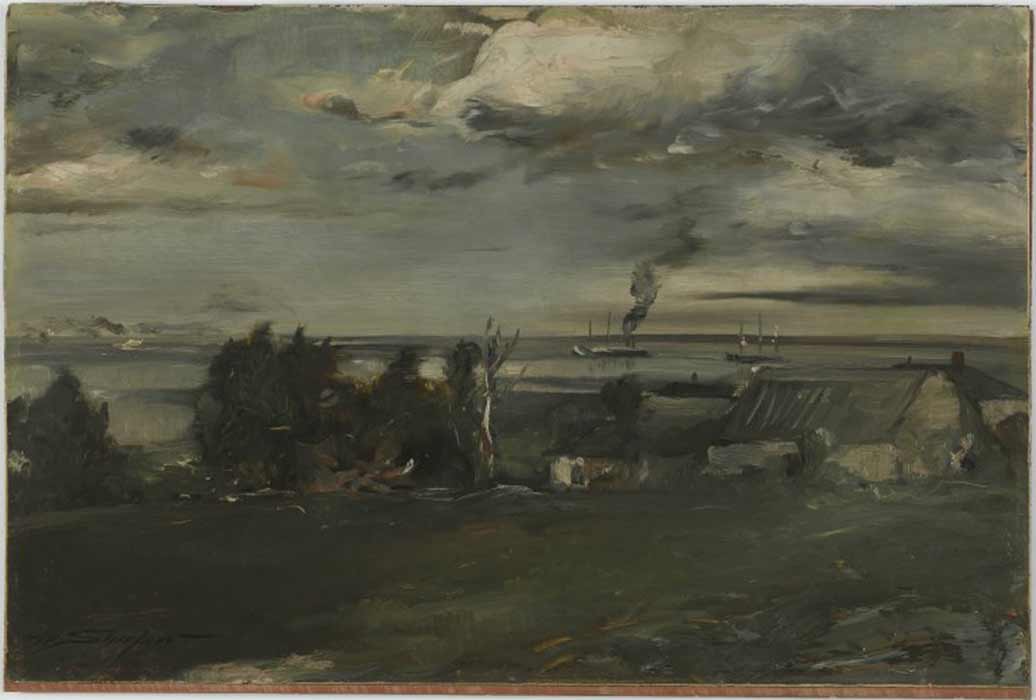
Canoti: The Sioux’s Malevolent Little Tree Dwellers
The canoti (or canotila) are small creatures found in Sioux culture, canoti meaning “tree-dweller” and canotila signifying “small tree-dweller.” Considered tiny messengers of beings who exist in the spirit world, they allegedly appear in dreams to impart information and knowledge. Tiny creatures similar to the canoti appear in worldwide cultures, and one of the most famous is the Irish leprechaun, who is thought to be a solitary being that looks like a small human, and typically, it is mischievous: not necessarily evil, but it does not like to leave human beings alone to their own daily routines. Gnomes and fairies are also found throughout the world under different nomenclature. The first known mentions of such creatures were in medieval stories in Europe, but the idea behind them is much more ancient.

A Sioux tree-dweller (Image: © Courtesy of Walther G. von Krenner)
Regarding the fairy, small supernatural, winged creatures are found in many societal accounts throughout the world, from the Middle East, where they are called peri, to variations of them found throughout India and the East; ideas about the existence of supernatural creatures abound. In the United States (and within the other countries in America) many tales involving supernatural creatures exist. One of the most famous of such creatures is the canoti, and among tribes, the Sioux are anthropologically most connected to the possible existence of this odd creature.

Bird's Eye View of Sioux Camp at Pine Ridge, South Dakota (1890) US National Archives and Records Administration (Public Domain)
Sioux is a shortened form of the term Nadouessioux, which means “enemies.” As is the case with many Native American tribes, the names used to refer to the societies actually stemmed from terms used by others to describe them. In other words, the terms mostly used to refer to tribes do not reflect the names that the groups use for themselves, as they were applied to them by outsiders; for example, the Blackfeet, which is a combination of distinct groups (Piegan, Pikuni, Kainah, and Siksika), gained its handle from French fur traders who had watched them walk through prairie fires and then noticed that their moccasins’ soles had blackened.

Lake Superior, by Walter Shirlaw (1890) Brooklyn Museum (Public Domain)
The Ojibwa’s Memegwaanswag
The Sioux lived primarily near Lake Superior until the mid-18th century and subsided upon fish, deer, buffalo, and wild grains and berries. They constantly warred with the Ojibwa, also known as the Chippewa (among other terms), who lived in the area within and around what is now referred to as Ontario and Manitoba in Canada and North Dakota and Minnesota in the United States. They were one of the largest indigenous societies, and they still are. Population reports indicate that more than 175,000 people with Ojibwa backgrounds still live in the Americas.





